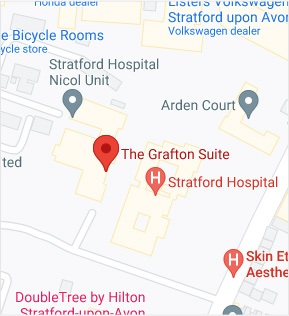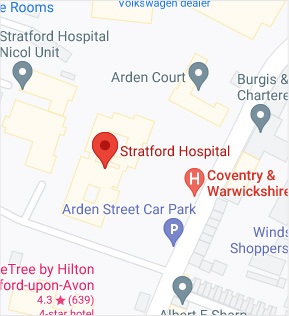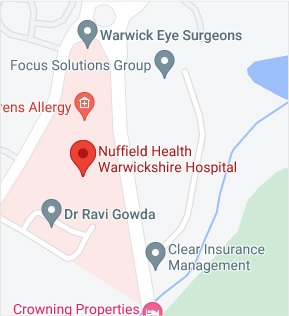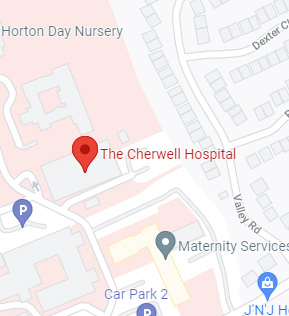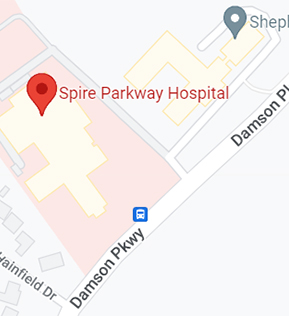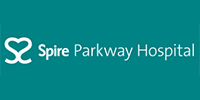What is Triangular Fibrocartilage Complex (TFCC) Injury?
The triangular fibrocartilage complex, or TFCC, is a complex of cartilage and ligaments located near the outer region of the wrist, below the little finger. It serves to stabilise the wrist, allowing easy movement and shock-absorption. Sports activities or falls can damage or injure the TFCC, causing wrist pain and instability. The injured TFCC may also produce a clicking sound with certain wrist movements.
Causes of Triangular Fibrocartilage Complex Injury (TFCC)
- A fall on an outstretched wrist
- Excessive rotation or pulling on the wrist joint
Symptoms of Triangular Fibrocartilage Complex Injury (TFCC)
- Pain on the small finger side of the wrist
- Swelling in the wrist
- A clicking sound or feeling when moving the wrist
- Forearm bone instability
Diagnosis of Triangular Fibrocartilage Complex Injury (TFCC)
When you present to the clinic with symptoms of a TFCC injury your doctor will perform X-rays to detect any joint instability, fractures or other abnormalities. Your doctor may order an MRI to assess the extent of the injury and may use injections to confirm the diagnosis and/or deliver medications such as steroids to the area.
Treatment for Triangular Fibrocartilage Complex Injury (TFCC)
Treatment can be surgical or non-surgical. Non-surgical treatment options include:
- Immobilisation in a splint or cast
- Rest
- Physiotherapy
If non-surgical options fail to provide relief, your doctor will recommend surgery. TFCC injuries can be repaired by open or arthroscopic methods.
Arthroscopic TFCC repair: This is a minimally invasive procedure in which 2 to 3 small incisions of 5 mm each are made in the wrist. A slender viewing instrument called an arthroscope and other surgical instruments are inserted as needed. Repair is based on the damage caused to the ligament and cartilage. Simple tears in the cartilage are repaired by debriding (removal of dead or damaged tissues). Sometimes, tears are sutured and reattached. Ligament ruptures are reattached using sutures, screws, and wires to stabilise the region until completely healed.
Open TFCC repair: Open repair is used for complex tears. A larger incision is made down the wrist to gain a better view and access to the site of injury. Repair is based on the damage caused to the ligaments and cartilage. Ligaments may be reattached, and bone joints may be stabilised with wires. In chronic and degenerative injuries, the load on the TFCC side of the wrist is decreased by shortening the ulna (bone of the forearm that attaches to the wrist).
Post-Operative Recovery of Triangular Fibrocartilage Complex Injury (TFCC)
After surgery, your wrist will be bandaged and should be kept elevated for 2 to 3 days. Your wrist will be placed in a splint for about 2 to 6 weeks. Your doctor may prescribe medication to relieve pain and discomfort. You can apply ice to reduce any swelling. You will be taught strengthening and stretching exercises to regain range-of-motion of the wrist. It is recommended that you avoid driving for at least 2 months after the surgery. Recovery is faster after arthroscopic surgery as compared to the open technique. Being minimally invasive, the arthroscopic procedure is associated with a shorter hospital stay and less post-procedural pain and scar formation.
Risks and Complications of Triangular Fibrocartilage Complex Injury Repair Surgery
Like most surgeries, TFCC repair surgeries may be associated with certain risks such as:
- Infection at the site of the surgery
- Nerve and tendon damage
- Swelling, stiffness, and scarring
- Failure of repair


 REQUEST AN APPOINTMENT
REQUEST AN APPOINTMENT



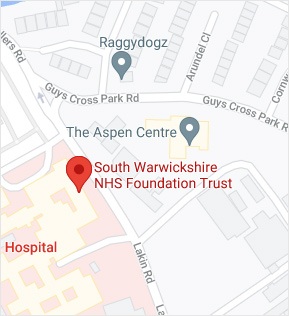
 Ext 4798
Ext 4798